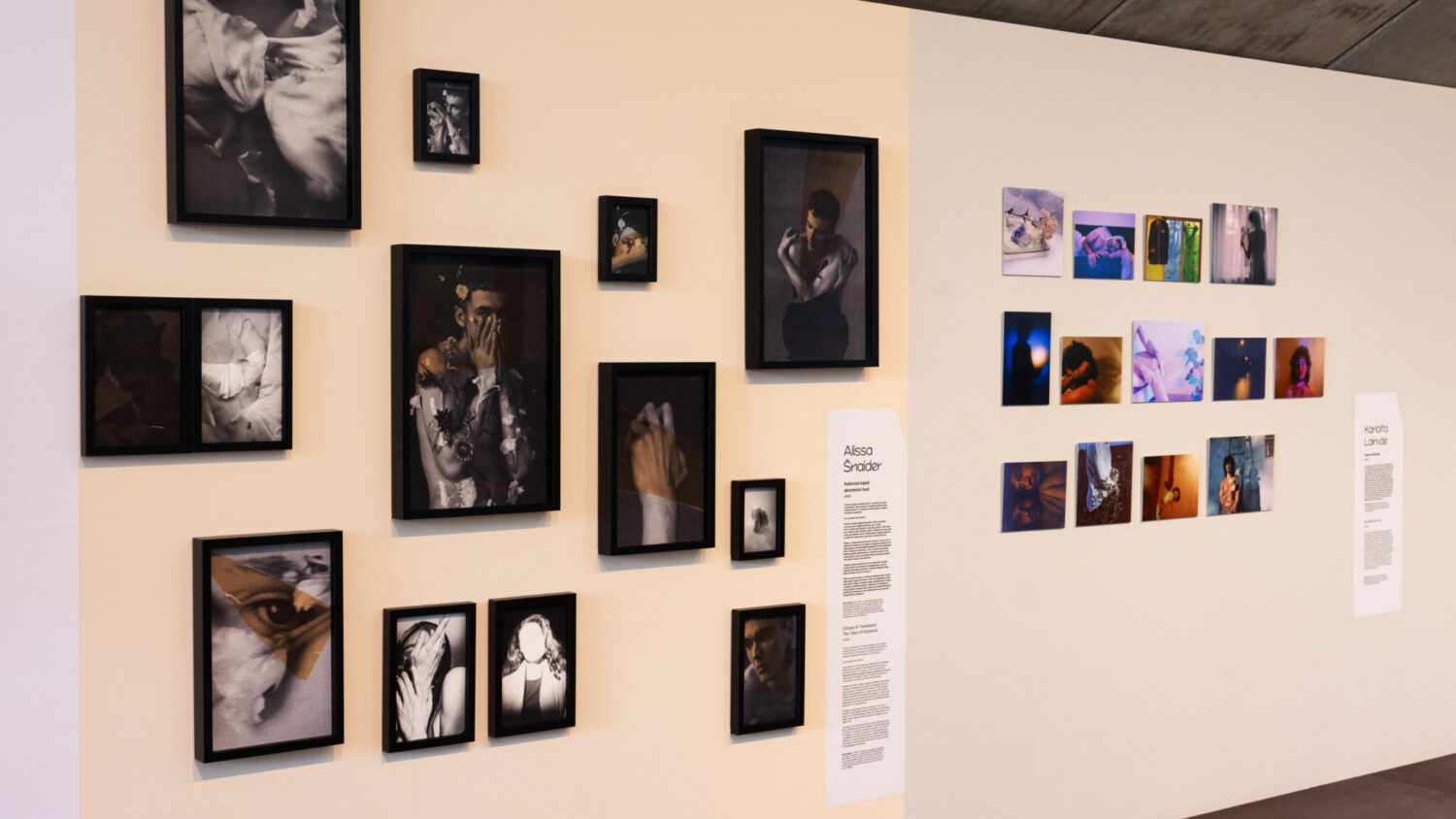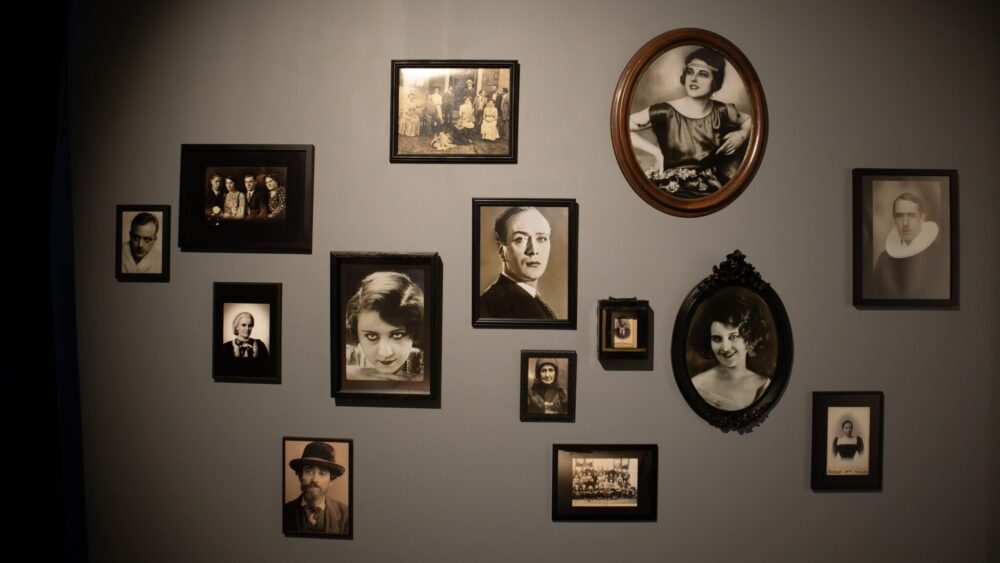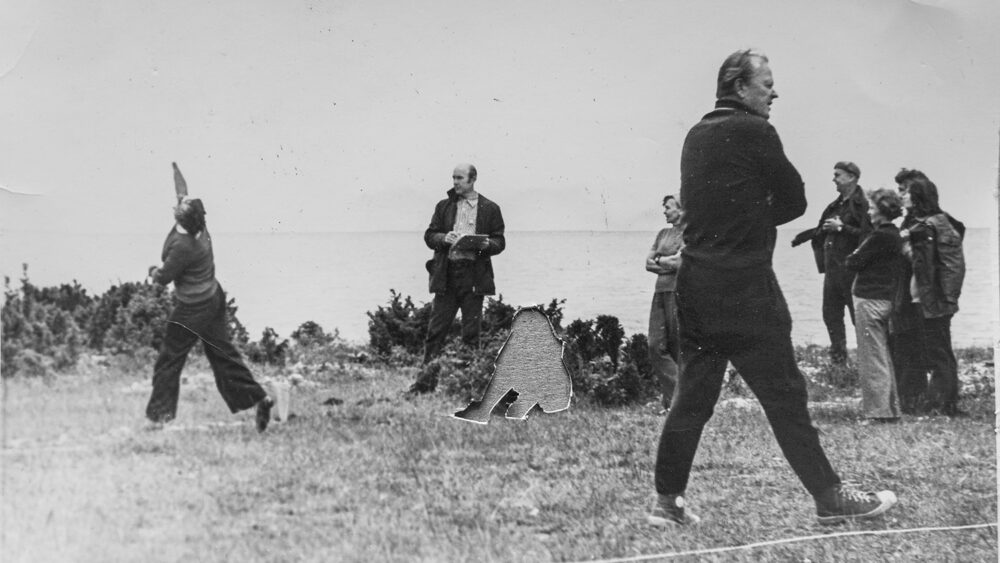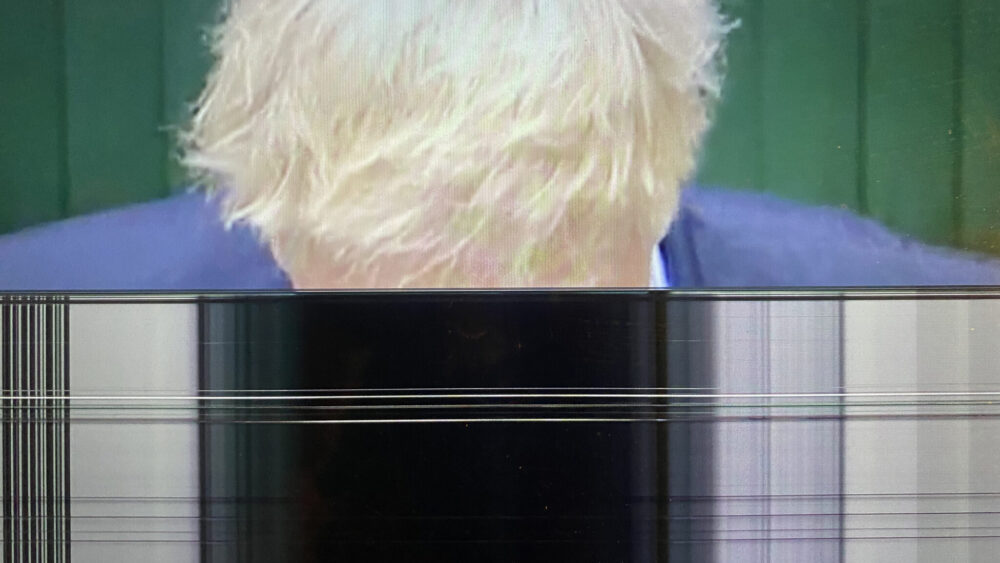10 minutes with Annika Haas
From 6 June to 30 September, Gallery Seek in Tallinn is hosting the group exhibition BODY. The exhibition brings together contemporary representations of the body by 23 artists, captured through both photography and video. Additionally, the exhibition features some installation works. The gallery presents a multi-layered and wide-ranging portrayal of the meanings associated with the body. The artists have drawn inspiration from personal and social experiences related to the body, body awareness, identity, traditions, values, and more. The exhibition is curated by Annika Haas, a portrait and documentary photographer whose work focuses on various social groups and socially significant topics.
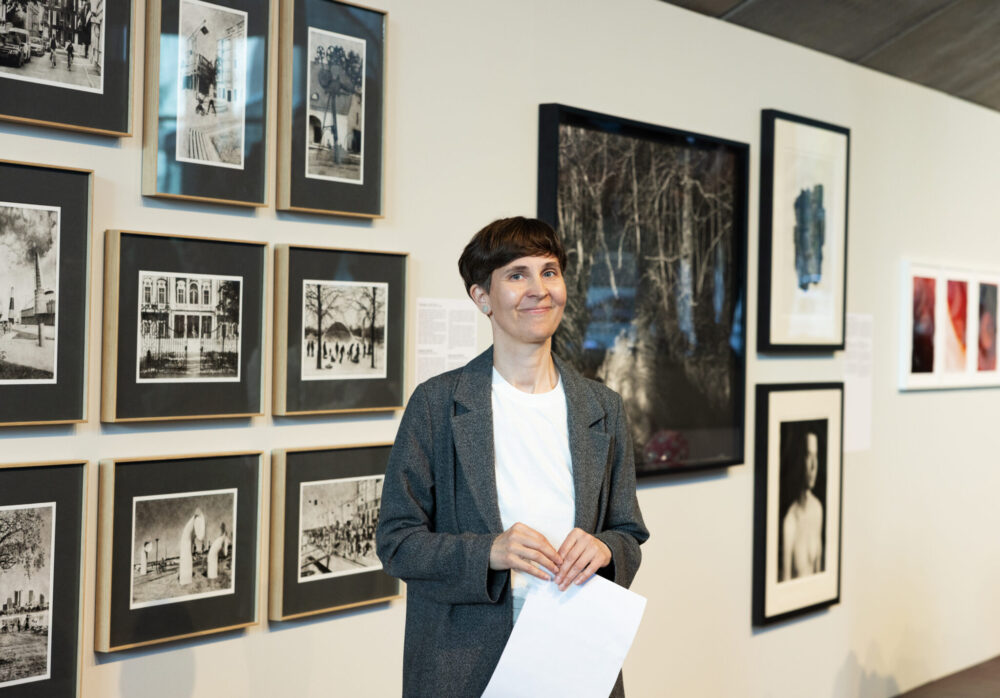
What was the main idea behind the group exhibition BODY?
The works on display in BODY open up important issues in today’s society. There are projects that discuss the stigma of disease, discrimination based on skin colour, gender transition, body positivity, cosmetic surgery, and societal ideals of beauty. The authors of several photo series have brought intimate and personal stories about their bodies to the viewer. The exhibition also includes visual series depicting abstract landscapes of the body, analyzing the dual relationships between body and space, body and time (including age), body and language, and body and mind. The aim of the exhibition is to present the wide range of approaches to the body in the work of different artists and to create discussions that will help us understand the values and perceptions related to the body.
Did the result turn out the way you intended?
The purpose of the exhibition is to explore and showcase how the body is represented through gender and sexuality, and what the body means as a medium for conveying a message for photo artists. The representation of the body has been like a battlefield throughout the history of art: a politicized, conceptualized, increasingly shared, and yet paradoxical psychological and mental relationship with the human form and the identity each particular body carries. The exhibition seeks to open up important and complex topics in today’s society and provoke discussion. There have already been some interviews with me as the curator, and journalists have asked insightful questions about the body as a politically charged topic. This means there has already been an opportunity to create a public debate around the subject of the body. However, I hope that the topics explored in the exhibition will resonate with viewers in an empathetic way and help them understand the diversity of different bodies and the stories they carry within our society.

The exhibition has been open since 6 June. Can you share what the public’s reaction and opinion have been on the issues raised in the exhibition?
Grete Tuiken’s anorexia-narrative work in the exhibition encourages viewers to share their own stories about their body experiences. It’s been encouraging to see the audience engage with it and dare to open up about their own experiences. There are both positive and negative body experiences, but they generally lead to a discussion about body acceptance.
Is there any aspect of the theme of the body that is particularly relevant to Estonian or Baltic photographers?
It made me wonder that more than half of the artists who participated in the open call still only explore formal aspects of the body and do not consider it more broadly than just beauty or ugliness. But the body is a distinct medium and message! The works of these artists, represented in the exhibition, clearly demonstrate this. For artists, questions related to their identity and their body experiences in social, cultural, and public contexts are important.
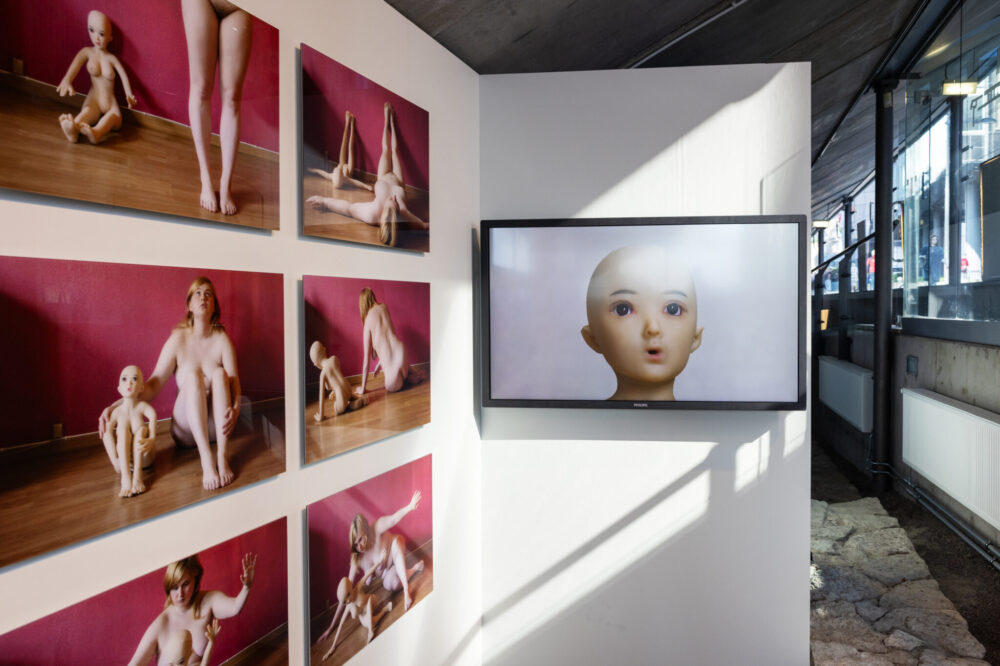
What is missing in the photography landscape in the Baltics?
Photographers and photo artists from different fields are often segregated into their own groups. However, expression through the photographic medium has generally become uniform—without a high artistic level and a meaningful idea, one cannot stand out in today’s visual landscape. To have a voice on important topics, one must create connections on various levels in photography and tell stories that resonate on a human level. Excessive elitism distances both the audience and other professionals in the field.
What is your biggest recent discovery in photography?
The longer you are involved in photography, the less you take pictures and the more you reflect on and make sense of the world around you.
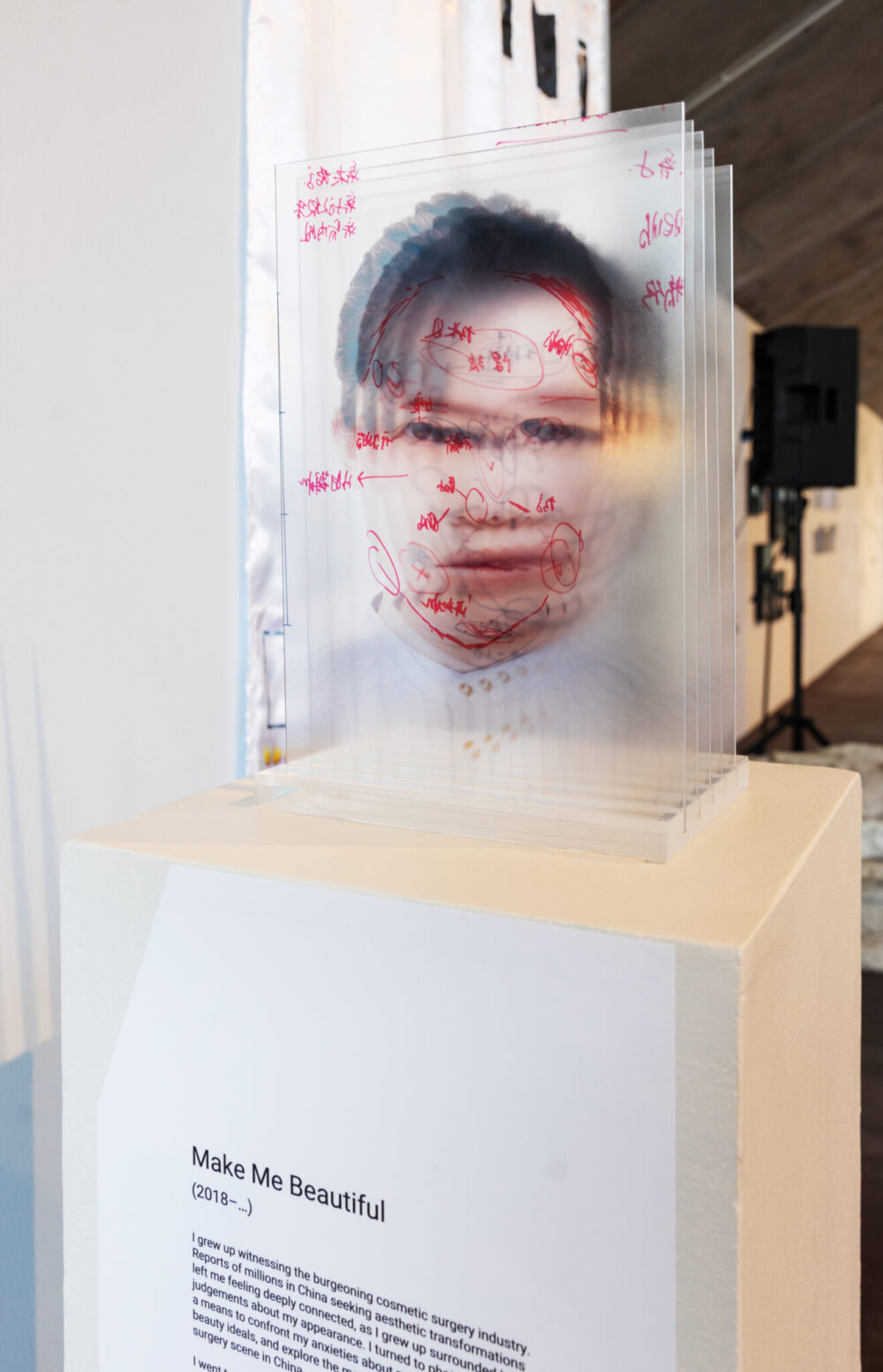
What does photography mean to you personally?
Photography is my way of engaging with and contributing to topics that, through discussion, can help bring about positive changes in society. Right now, we need to focus on environmental issues and the relationships between different communities to foster more empathy, care, and understanding. It is important to find new ways and angles to address difficult topics. Dramatization and shock are ineffective tools. Instead, meanings and artistic expressions should be used to create new opportunities for common values and understanding in challenging situations and relationships.
What are your future creative plans?
There are several plans. In the field of curating, I realized that I still needed to develop myself, so I returned to university. I am now a master’s student in Visual Culture Studies at the Estonian Academy of Arts. As an artist, I continue to tell stories that illuminate the experiences of marginalized groups in society and explore the meanings of existence from the perspective of otherness. As a Canon ambassador, I aim to introduce my ideas and topics in photography to a wider audience.
